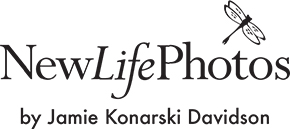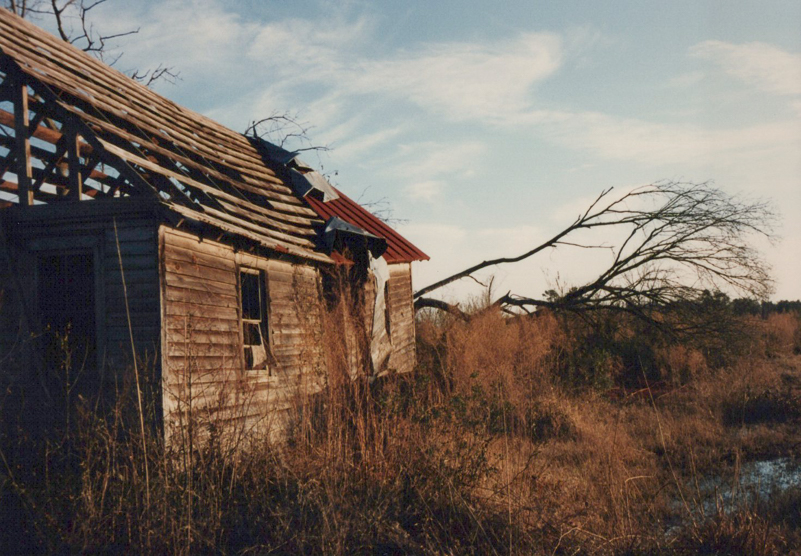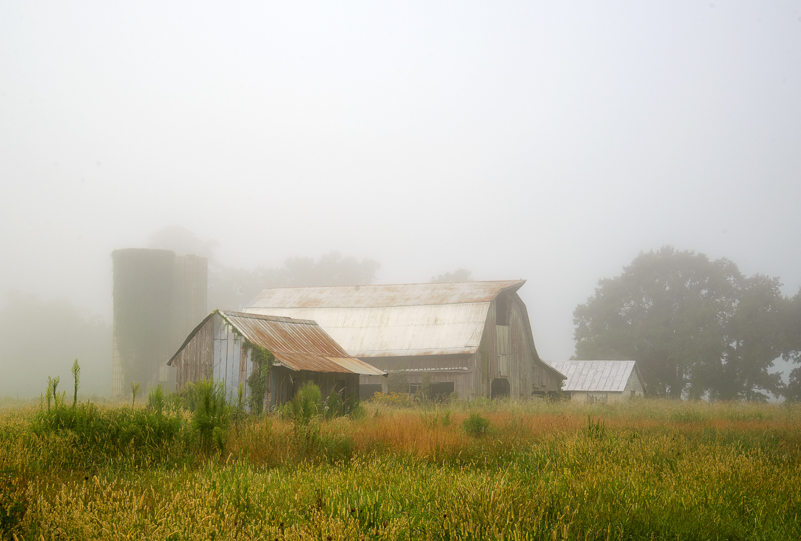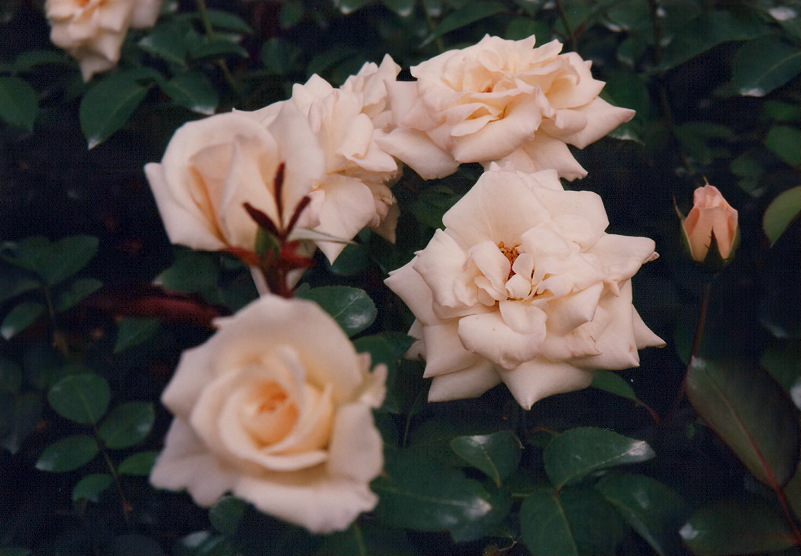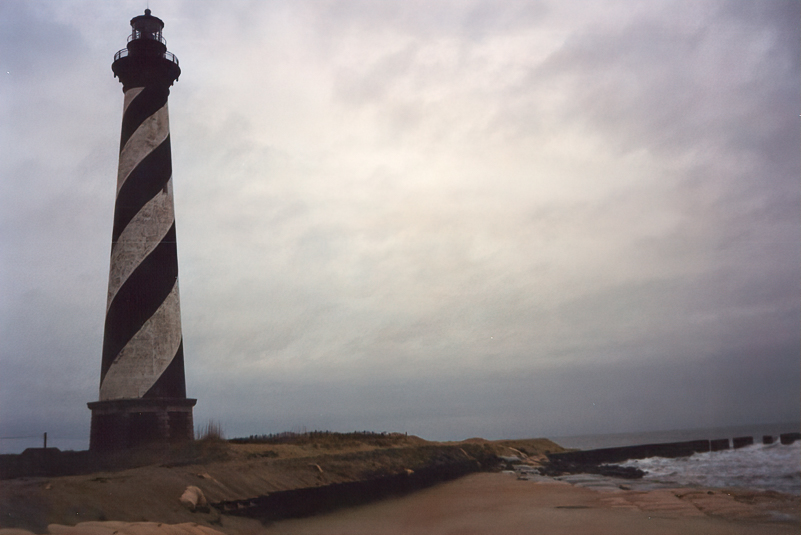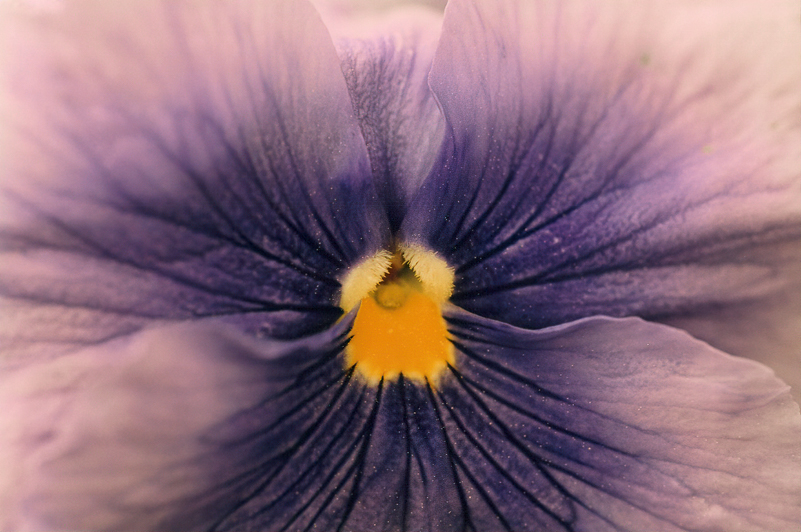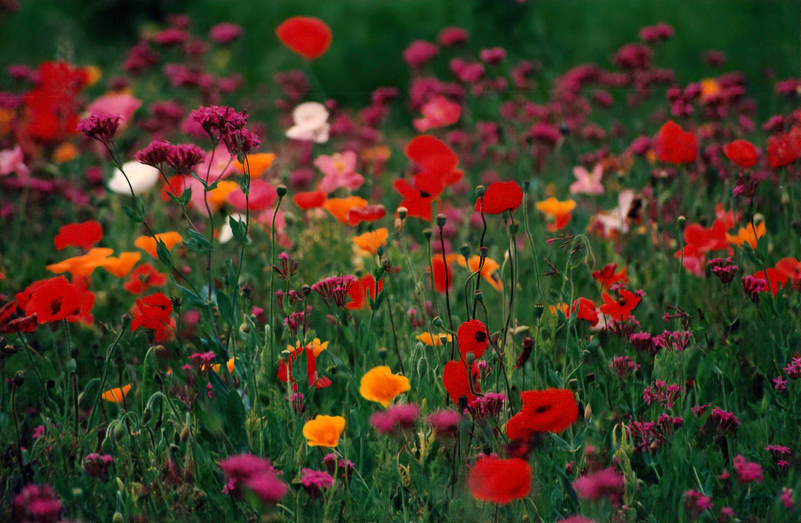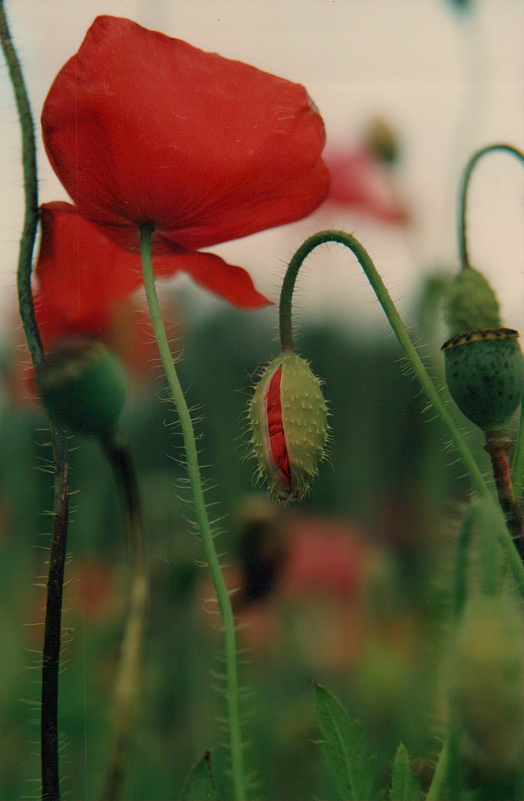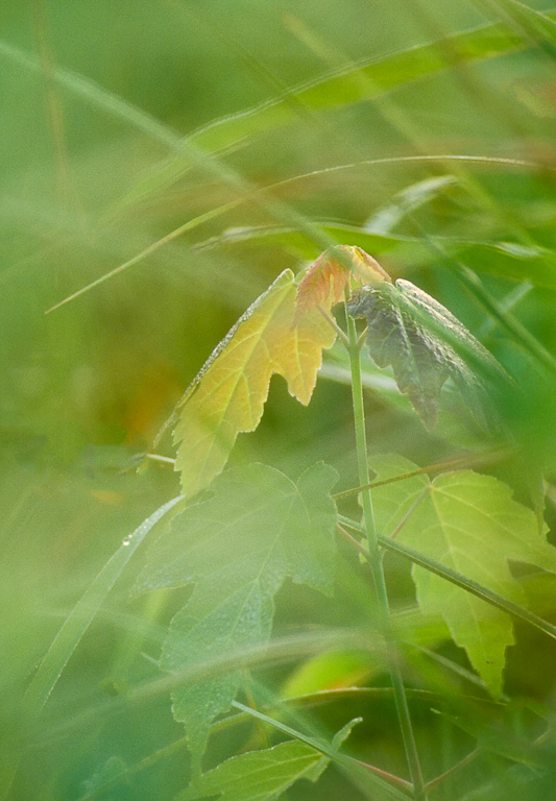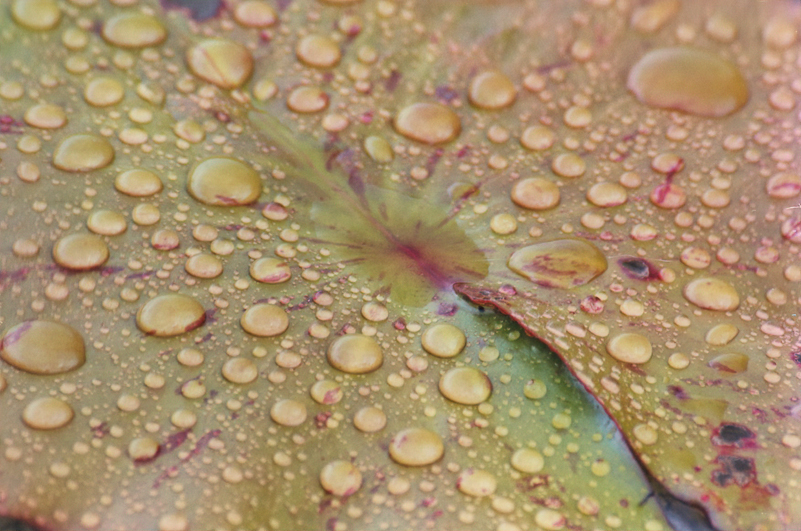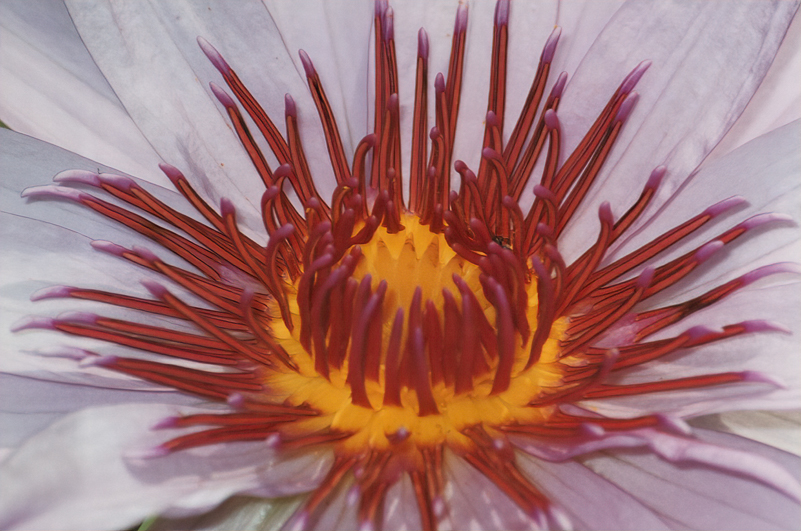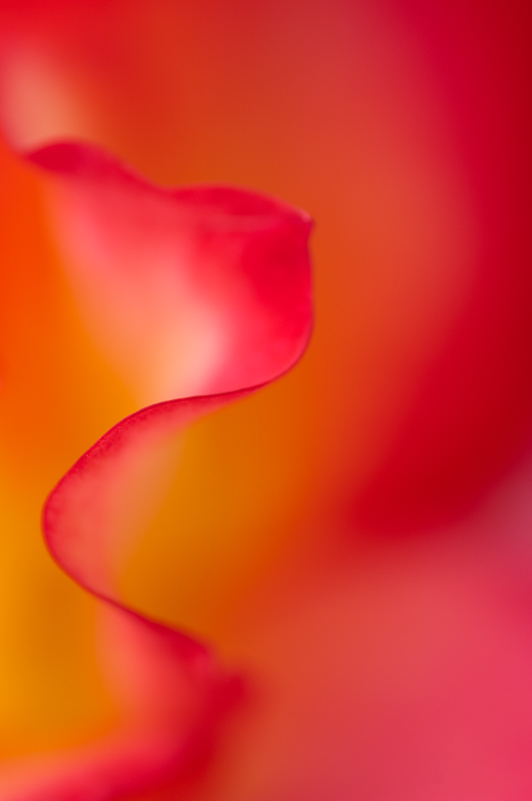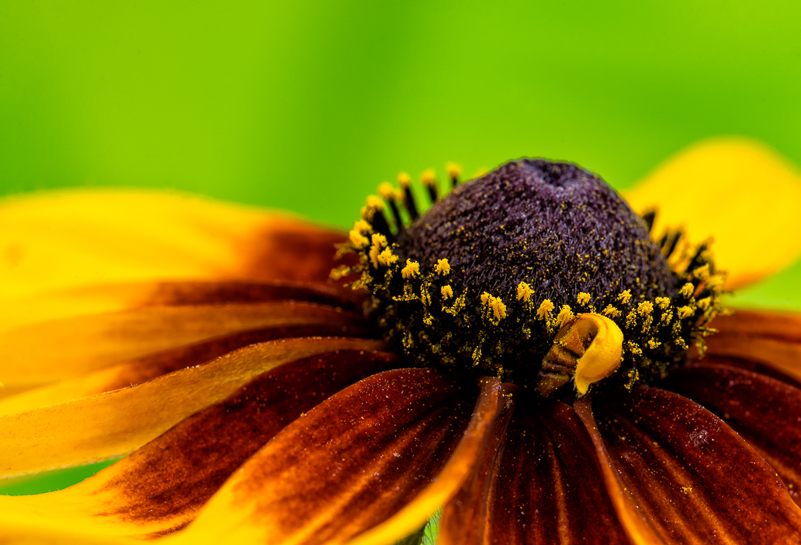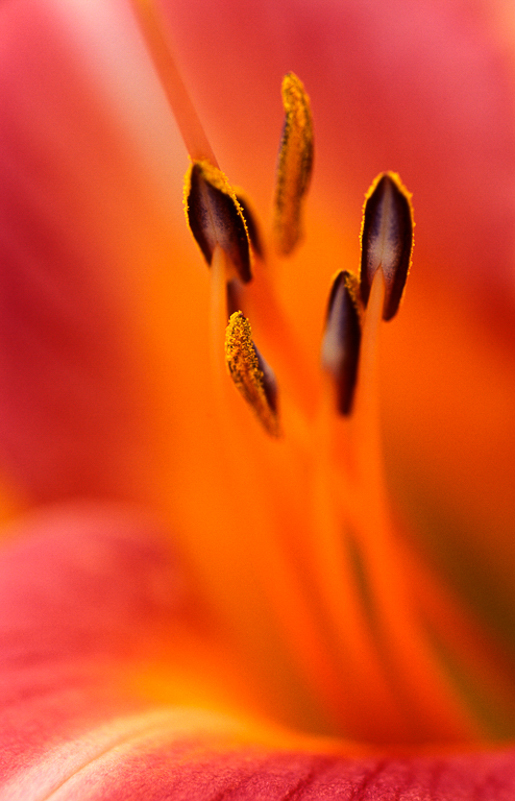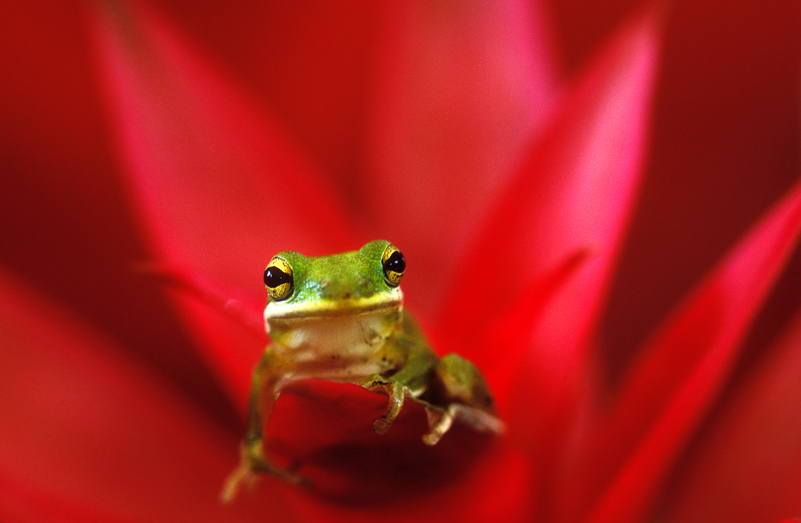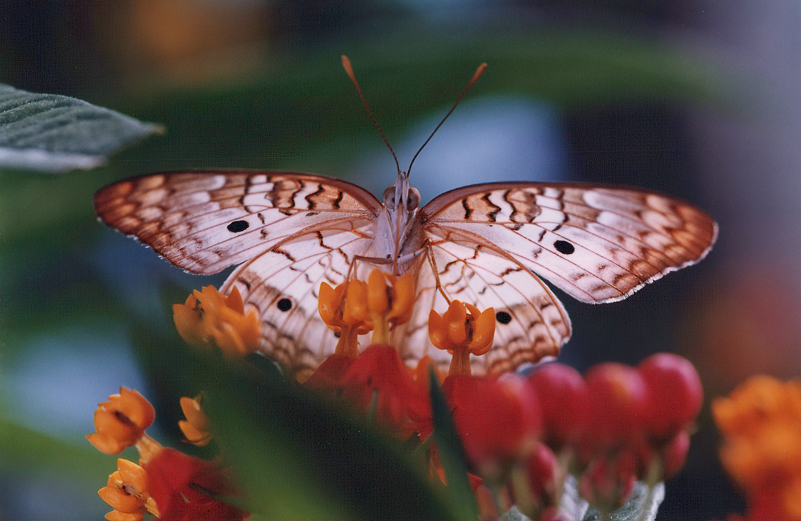Only look back to see how far you have come.
–Winnie the Pooh
I’ve been looking forward and backward for a while now, in particular, relating to my photography journey. There’s value in looking both ways. I thought I’d share some of my story as a way of tracking ways that we grow into a passion. It’s been a long time since I bought my first “real” camera – about 25 years ago. It was a Minolta 35mm film camera, and I had two lenses ranging from 24 – 210mm. Before then I had a small point-and-shoot camera and took lots of pictures. After recently spending days scanning old photos that go back about 30 years, I’ve learned a lot about myself and my photography path. Truth be told, I was not very good in my early days (terrible, actually), and I had a hefty number of pictures in these scans where I clearly “got lucky.” I’ve been thinking about this for a while – long before this recent scanning project. How did I go from “lucky” to where I am now, which so often is simply “blessed? What started the ball rolling? And, how did I get to do what I do when it was nowhere ever remotely close to my radar? That’s where looking back helps to fill in the blanks.
PART OF THE BACKSTORY
There’s always a form of explanation and experience that helps build a path forward. In all of it, if we take the time to consider, we can see the contributors and turning points that help make it so. Here’s a shortened version of mine. I grew up in a small town on Long Island. My father grew up on a farm on the North Fork of the island. My mother grew up in Richmond Hill, a neighborhood in Queens. They met out on the island where my grandparents had a bungalow that faced my father’s family farm. My maternal grandmother was the camera bug. (I now have her old cameras.)I remember her always taking pictures, posing me and my three sisters on the front steps in our dresses whenever we came to visit.
We grew up being told to “go outside and find something to do.” So, that’s what we did. I was blessed with parents who loved to travel and camp and explore. By the time I graduated high school we had visited every state on the East Coast (and Tennessee) more than once. I always remember noticing beauty in nature and the way light would hit areas, and I loved being outside. These travels and experiences are tucked in the memory bank that often steers what I see and what I am drawn to.
At some point, probably after high school, I got a point-and-shoot camera and took pictures of friends, family and some nature. I seemed to have been a bit better at people than nature (more later). As we know, the point & shoot is programmed to do its job and allowed for little more control than what I put in the box and when I pushed the button. I got that first “real” camera in between two diagnoses of breast cancer in my mid-thirties. And, much to my chagrin, I used it very much like the point-and-shoot for a number of years (you know, “Program” mode (P)). If you ask me what took me so long to get that camera, I could tell you that I couldn’t afford it, but hindsight tells me that I told myself I wasn’t worth it. Not true. In Program mode I would often get lucky. So, why did I bother getting the camera I’d always wanted so I could control what the images looked like if I was going to be stuck in “P?” Truth be told, the camera was intimidating, and Program felt like a safe bet, even if it meant that I was using it like a “passenger” instead of a driver. I could come up with all kinds of excuses. So, what changed?
THE POPPY FIELD EPIPHANY
There are times when life takes turns that end up giving you more than you expect. My great shift (call it the epiphany) came in the middle of a wildflower poppy field compliments of the NC Department of Transportation Wildflower Program. I was very aggravated with myself for a number of reasons (not relevant here). I pulled over to the side of the road, grabbed my camera, lens and set of macro filters (+1, +2 and +4) and stomped into the flower field. I was not a happy camper. As I sat down and disappeared in the blooms, I remembered thinking that I would spend about 15-20 minutes in the field. What I saw and how I felt improved with each addition of the macro filters. I felt good. I felt happy. And, I noticed that my breathing had slowed, my shoulders had dropped, and all of the “crap” I had dragged into the field as I stomped had disappeared. I confirmed one thing – I not only wanted but needed a macro lens. I discovered something else far more meaningful – Photography was way more than a hobby for me. It had evolved into a healing passion. I still had worlds of things to learn, but I had another new path, a different direction and purpose. It was more personal and intentional. Photography became the path that continues to feed my soul.
NEXT PHASE – LEARNING TO DRIVE
I relate learning photography on some levels to learning how to drive a car. All cars have the same basic features, but they’re in different places and require you to know how to use them to become a “good” driver. There came a point in time, several years into the “real camera” experience, when I realized I had the tools I needed to create better images but was wasting them by staying in my safe zone. Somehow, and back then it was probably in a local newspaper, I learned of some photography classes in my area and started taking them. Little by little (emphasis on little) I was improving. It’s a guess, but I believe it was in one of those classes that I learned about Carolinas Nature Photographers Association (CNPA). It was a starting or turning point of my learning to do more than “take pictures” (or point, press and pray). In early 1998 I attended an annual meeting in South Carolina and was exposed to wonderful photographers and their programs. I was welcomed by an amazingly friendly, talented and helpful group of members, and I “plugged in.” (If you love nature and photography, I highly encourage you to connect with CNPA.) So, now, I had access to a community of like-minded nature photographers who were far better than me and who were willing to share their knowledge. I began to improve in a variety of ways. It’s probably at this point when I ventured out of “P” into “A” (aperture priority). More like from Program to Auto, but I began to have a better understanding of what was going on.
MY FIRST WORKSHOP – HOOT HOLLOW INDOCTRINATION
That said, who wants to be the “dummy” in the group? Not me. So, I feel certain that I winged it more than a few times instead of admitting that I was clueless and asking for help. Tired of that method, I finally decided that reading issues of Outdoor Photographer wasn’t enough. I signed up for my first weeklong, hardcore photo workshop at Hoot Hollow with Joe and Mary Ann McDonald in Pennsylvania. We would be shooting slides! Oh, no, another new element added to the mix. For those who go back that far, you remember that you either got the shot or you didn’t. And, each slide – good or bad – cost you money. There was no lab tech adjusting your images for exposure. If you could be ruthless, the bad slides would hit the Deep 6 can, and the good ones would be sleeved. (When I get to sorting through my almost ten years of slides, I will have work to do in that culling process. I look forward to all of it.) Keep in mind that all I wanted to do was learn and become a better photographer. I had no aspirations to become a pro or teach or present at conferences. In fact, public speaking petrified me. I just wanted to stop “getting lucky,” and start being more successful in capturing on film what captured my eyes and heart. I needed to know more than point in a direction and press that button.
Thus, my first workshop, was intense and beyond overwhelming. It was also the best move I could have made in stepping out of my comfort zone. I brought my camera and two lenses (now a Nikon N80) and a tripod with a hexagon plate that I hated as it never felt like it was mounted securely. That first night Joe announced that we were going to have a METERING EXERCISE! I didn’t even know what metering was! He proceeded to show slides and ask the group how they would meter the image. Meter? What? I wanted to melt into the floor and disappear. I prayed that I wouldn’t be called on, and that request was granted. Whew! Next, they said that we would be shooting sunrise in the morning, that we would be shooting slides, that we would use our tripods AND that we would manually meter! Uggh. That morning in the marsh I found a tiny, dew-covered maple tree far away from the rest of the group, on purpose. I set up my tripod and framed the maple, staring at it as it was bathed in dew and light. And, I was mad. Yes, mad. I was mad at myself for not knowing what to do to capture this intimately beautiful scene, mad that no one was helping me, and mad that when someone came to me I would have to admit my inability to get it. I’ve since blanked on who came over to help, but I did bring that maple home, and it was another turning point for me in my photography. I now knew a little more of what I didn’t know, and I had a direction.
FINDING NANPA – ANOTHER LEG IN THE JOURNEY
Joe and Maryann led me to the next step in the journey when they gave us all a flyer for North American Nature Photography Association (NANPA) and told us about a Summit to be held in San Diego in the winter of 1998. I didn’t really know any of the top professionals at the Summit except Joe and Maryann, but I was blown away by the programs, the energy and, most of all, the two keynotes by Dewitt Jones and Jim Brandenburg. Two very different but equally compelling programs and beyond inspiring. I never missed the opportunity to attend and engage in the subsequent Summits and all the learning and networking opportunities. All the while, my goals were simply to become a better photographer and learn as much as I could. I was moving in that direction. (Almost 15 years later I presented a breakout at the Summit in San Diego, and Dewitt Jones was in the audience!) It was through NANPA that I met some of my early encouragers, Jim Clark and Bill Campbell. And, I attended a workshop on composition by Freeman Patterson. These and many others, including George Lepp, Darrell Gulin, showed me different sides of nature photography and were always willing to share. I ended up volunteering for different committees, served on the Board and led the charge for one of the Summits. Without these long-time pros sharing their gifts, the organizations (CNPA and NANPA) and the learning opportunities they offered (and continue to provide on a local and national level), I am certain that I would have remained a “passenger photographer” for a much longer stretch of time.
FINDING MY VOICE AND OWNING MY VISION
We all have pivotal moments and people who pass through our lives that make intangible but profound differences. I found my person in a small ad in the back of Outdoor Photographer magazine. Her name was Nancy Rotenberg. (I wish I still had that ad clipping. What a reminder of the power of an image to reach out and grab you.) I had discovered a love for macro photography in that flower field. I was seeing things and connecting with the smaller world, but that connection was not coming through in my images. It was in hers – that single image. I called and asked her if she offered private lessons. She did, and I could come to Pennsylvania for a weekend to learn. I remember telling her that I felt we were kindred spirits. She got that a lot, I’m sure, and responded with, “we’ll see.” We did, and we were. And, though our times together were limited, we connected. And, I learned and grew, not only in my skills as a photographer but also in my confidence. The lasting impact of Nancy is that she helped me to “find my vision” and to own it. (In a world of social media where “likes” and “loves” or lack of them could lift or crush a soul, I’m thankful for Nancy’s encouragement to do ME. Yes, I appreciate the kudos, but I don’t place my worth in them. That’s important.)
WHAT I DIDN’T PLAN
As I’m sure I’ve mentioned a few times here, my primary goal was simply to become a better photographer. All that I do now was nowhere, I mean, nowhere on my radar. Remember the fear of public speaking? Yup, that was an easy stopper for me. So was my limited (but growing) self confidence in my photography. It took much longer than it “should” have for me to say, “I am a nature photographer.” What I would say was that “I photograph outdoors and nature” or “I do nature photography.” It’s the “I am” that was harder for me to own than the doing. It’s not completely clear in my mind exactly when that changed, but I guess at some point I knew I needed to claim it. With many years between that beginning and now, I can easily say all the “I am’s” that I am, and with confidence. I can also say, “I am not …” and “I don’t know,” and be perfectly fine not knowing or doing everything.
PUBLIC SPEAKING, WORKSHOPS AND MORE
So, how did I begin teaching and leading workshops and presenting at conferences? Another crazy turning point – Jason Mills, now co-owner of ASAP Photo & Camera, asked me if I would do a program on macro photography for a fundraising event. He and Vinny Colucci would also present programs on landscape and wildlife photography. Wary, but emboldened, I outlined notes and sleeved slides for the program, got my thoughts to flow, brought my loaded slide carousel and shared what I knew and loved. I survived! Not long after that, an Outer Banks workshop with Jason and Vinny followed. With film, slide trays, a bit of encouragement and a big leap of faith, and I was on my way. New Life Photos was on its way. I exhibited in shows, did the art shows, had a small shop in a larger store, did one-day field workshops and more. Each time I stepped out I learned something new and grew in many ways beyond as a photographer. Sometimes the leaps were more like steps, other times they were like crossing chasms. I have survived and will keep on leaping.
ENCOURAGEMENT AND PASSION
Here’s the thing, when we’re at the beginning of pursuing a hobby, profession or passion, we don’t know what we don’t know. Before I could truly find my voice and vision, I had to learn a lot of things, starting with the camera I was driving. I needed to fill the tank with the basics – exposure and composition. I needed a circular polarizer and needed to learn how and when to use a diffuser. I needed to learn from those who were “better” than me. I subscribed to the magazines, bought lots of books, attended classes, seminars and conferences. Wherever there was an opportunity to learn and do, I was there. I also had and have to practice – a lot – and have successes and make mistakes – a lot – to learn and grow. I’m still learning and will never top. And, it’s because those photographers I’ve mentioned, whose work I admire, were willing to share and encourage me (even when I wasn’t very good), I have a passion for doing the same. Big, big thanks to them. I wouldn’t be where I am without the lessons and encouragement.
I am who I am and do what I do because of many great and small turning points in my life. I truly and deeply know that I would not have bought that first “real” camera had I not had breast cancer. No doubt about it. And that quote about looking back to see how far you’ve come? That’s one way to see it. It reminds me of a butterfly print that I had taken many moons ago, had it enlarged, matted and framed (even signed the mat) that hung in my upstairs bathroom until just about a month ago. It had many flaws, yet I kept it hanging to remind me of how far I have come, of what I didn’t know then that I do now. It’s time to hang a new milestone marker on the wall so that many moons from now I can see and say the same thing about how far I’ve come and how much I’ve learned. I still “get lucky,” but most of the time I go well beyond that.
HERE’S WHERE YOU COME IN
I’ve shared my story (believe it or not, the shorter version) to provide points of reference, words of encouragement and maybe even a bit of inspiration. Wherever you are in your journey, you have made progress, even when it might not feel like you have. You have learned things that have and will make you a better photographer. You have and will likely share your knowledge and excitement with others and inspire them. Remember, when a lightbulb moment happens to any of us, it’s awesome. As an instructor I love seeing those “ah ha” bubbles burst onto the scene. I also love when they happen to me. Keep sharing. You never know the difference it will make for someone else or for you. Keep practicing and doing. Find any opportunity to connect with other photographers simply for the experience and camaraderie. In all those things and more, you will move further away from simply getting lucky in your photography to leaping “BEYOND LUCKY.” It’s a good feeling. Enjoy the ride.
And remember this from Erin Hanson:
“There is freedom waiting for you,
On the breezes of the sky,
And you ask “What if I fall?”
Oh but my darling,
What if you fly?”
